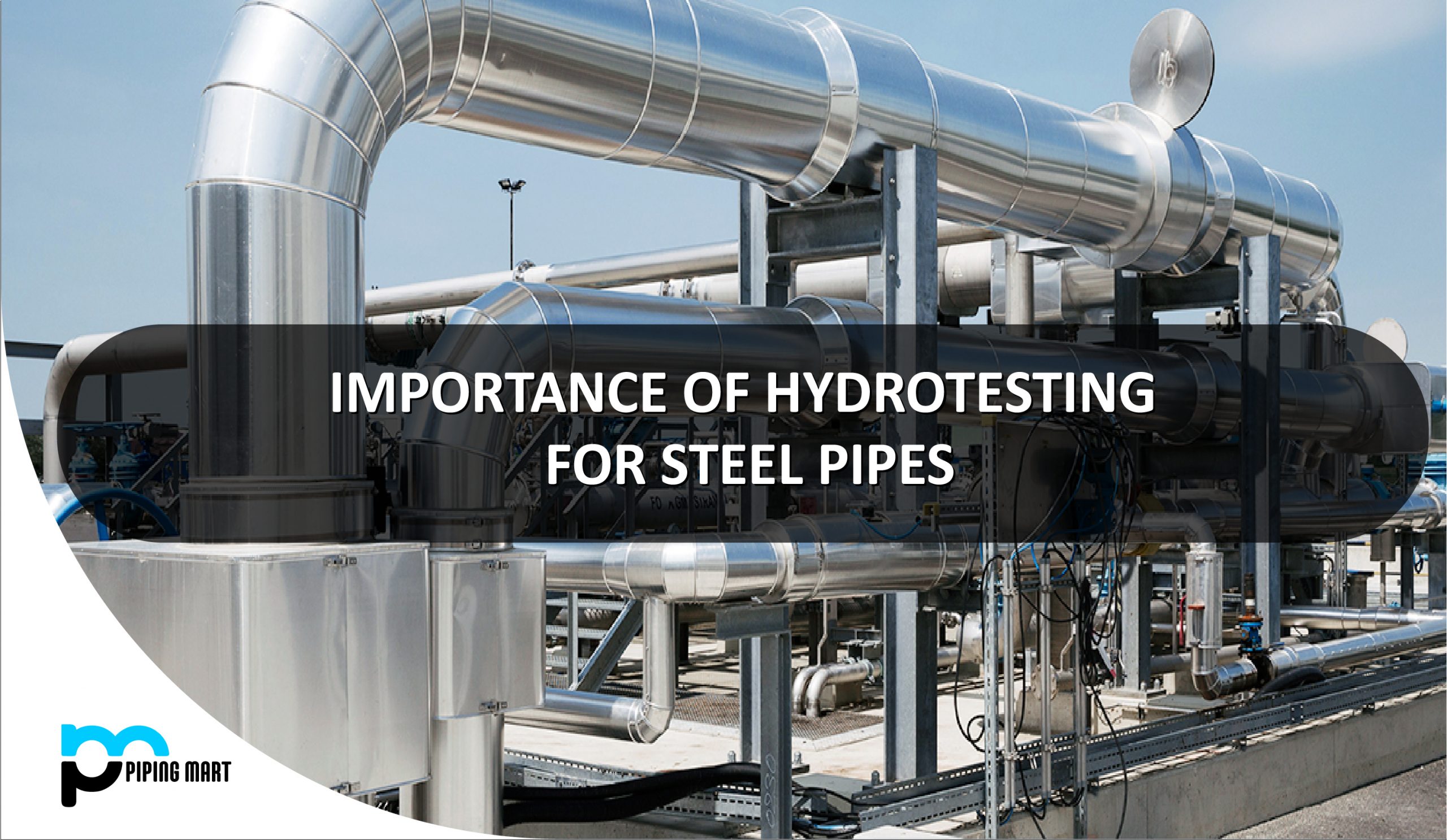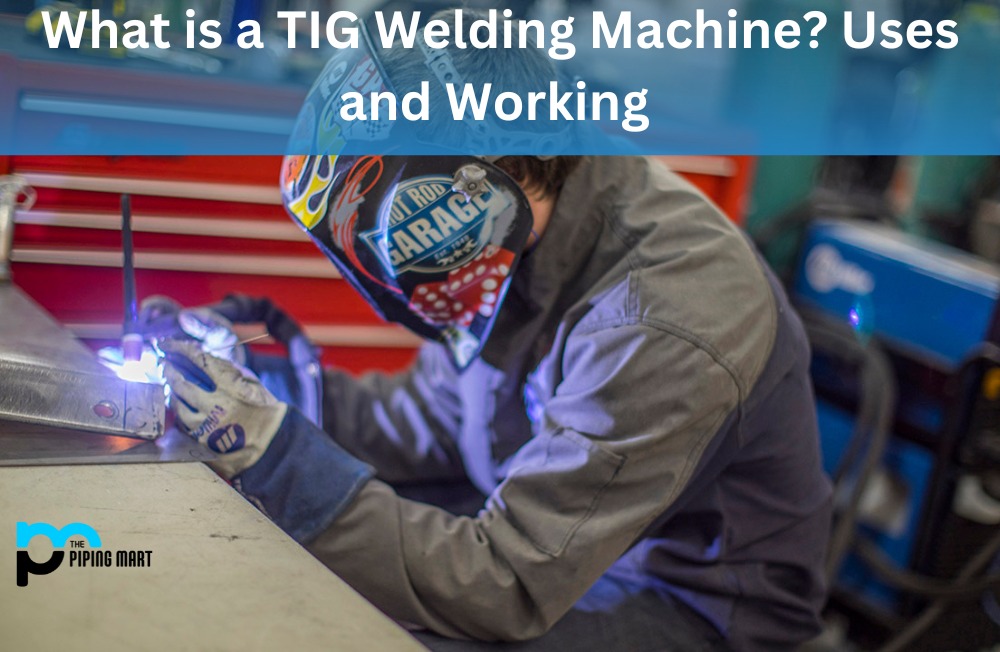Poppet and sleeve valves are two of the most common valves used in internal combustion engines. While both offer much control over engine functions, they have very different mechanisms for controlling airflow. If you are looking to optimize the performance of your engine, then understanding the differences between poppet and sleeve valves is essential.
How Poppet Valve Work
Poppet valves are the most common type of valve used in internal combustion engines. They are made up of two main components—a spring-loaded valve stem and a cylindrical seat—that control airflow into the engine’s cylinders. When the valve is open, air can enter the cylinder through a port in the cylinder head; when it is closed, no air can enter. For this system to work correctly, there must be sufficient clearance between the valve stem and its seat so that when it is closed, there is no leakage. As with any spring-loaded device, this clearance can be adjusted by increasing or decreasing pressure on the valve stem.
How Sleeve Valve Work
Sleeve valves, also known as rotary disc valves, differ from poppet valves because they use rotating discs instead of spring-loaded stems to control airflow into an engine’s cylinders. These discs have ports cut into them at regular intervals, which allow air to flow into their respective cylinders when they rotate. Since these ports close off automatically when their discs rotate back to their original position, no additional springs or adjustable clearances are required to function correctly. This makes sleeve valves simpler and less prone to wear than poppet valves, but they do need more power from an engine’s crankshaft to operate effectively due to their increased weight compared to poppet valves.
Difference between Poppet Valve and Sleeve Valve
- Poppet valves have a cylindrical or spherical head that sits on top of the valve seat.
- Sleeve valves have a sleeve that fits around the valve seat.
- Poppet valves open and close by lifting off the seat, while sleeve valves open and close by rotating around the centre.
- Poppet valves are more common in small engines, while sleeve valves are more common in large machines.
- Poppet valves are typically less expensive than sleeve valves, but sleeve valves offer better airflow and performance.
Conclusion:
When it comes down to it, both poppet valves and sleeve valves offer excellent control over airflow into an engine’s cylinders—it just depends on what sort of features you need from your particular setup as well as how much power you’re willing (and able) to commit from your engine’s crankshaft. To get a better idea of which would work best for your application, it’s best practice to consult an experienced mechanic specializing in internal combustion engines before deciding which type of valve will be best for you.
Meet Heer, a dynamic and driven writer learning tricks of her trade in the metal industry. With a background in Digital Marketing, Heer brings a unique perspective to her writing, sharing valuable insights. Apart from blogging she like reading and hiking.




